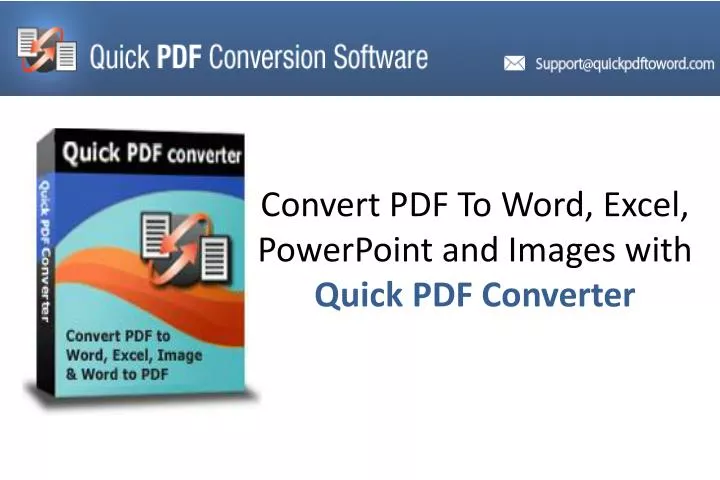

The Wave Cache is pretty important – but it’s not a problem if it gets deleted, Pro Tools will just regenerate the Wave Cache when the session is opened again, it’ll just take a bit longer to do so.
#Pro tools ptx to ptf converter software
Anyone with above-standard knowledge of computers (anyone doing Higher Computing here?) will know that a cache is used to store data for faster access, the Wave Cache is no different: it stores the information generated through analysis of the audio put into the software, the waveform you see in the software is stored in the Wave Cache. This file refers to everything else and does not contain any audio – you need to move the whole session folder if you want to move the session between different systems. The Session File stores just about everything to do with your session: information on tracks including inserts and sends inputs, outputs, pan and level control which audio files are getting used in the session and where all MIDI (Musical Instruments Digital Interface) data all automation data information on rulers including tempo and time signature changes – the list goes on. ptx (.ptx was introduced in Pro Tools 10 – the previous extension was.
Perhaps the most important file in here is your Session File – the name you chose for your session – with the extension. In the session folder you’ll find a number of other folders and files. When you’ve settled on both Pro Tools creates a folder at that location with the given name, I’ll refer to this as the Session Folder herein. When you first start a session in Pro Tools you’re prompted for a name for your session and where you want it kept.

One thing I like about Pro Tools is how it stores session files. Now I’m not saying everything in Pro Tools is perfect – far from it – but you don’t become a standard without getting something right. Sure, as technology progresses these drives are getting faster and more suited for what we do, FireWire and USB 3.0 in particular but as it is just now it’s probably not a good idea to work on a session from an external drive, especially if you’re working with high quality audio.Īnd if nothing else, if you’re keeping your session on your external drive, where are you going to back-up to? The Pro Tools Way There are plenty of different mediums you can use to store your session if you’re moving between studios or workstations, it’s generally considered bad practice to run a session from an external drive or SD Card, and here’s why: There’s a limit to how fast your computer can read from (or write to) external drives. We’ll look at how you can do this later (Back-Ups and Exporting). It only takes a minute to back-up to an external drive – do this regularly to avoid catastrophe. Backing up your work is essential if you’re not backing up your work it only takes a disk fault to wipe your entire session. I shouldn’t need to cover this, but it’s pretty important so it’s getting covered first. This Primer covers the basics of file management in and around a DAW (Digital Audio Workstation) as well as the use of markers and locators in a session to identify the start of a section.įirst there’s a couple of things I should go over about disks and storage.


 0 kommentar(er)
0 kommentar(er)
